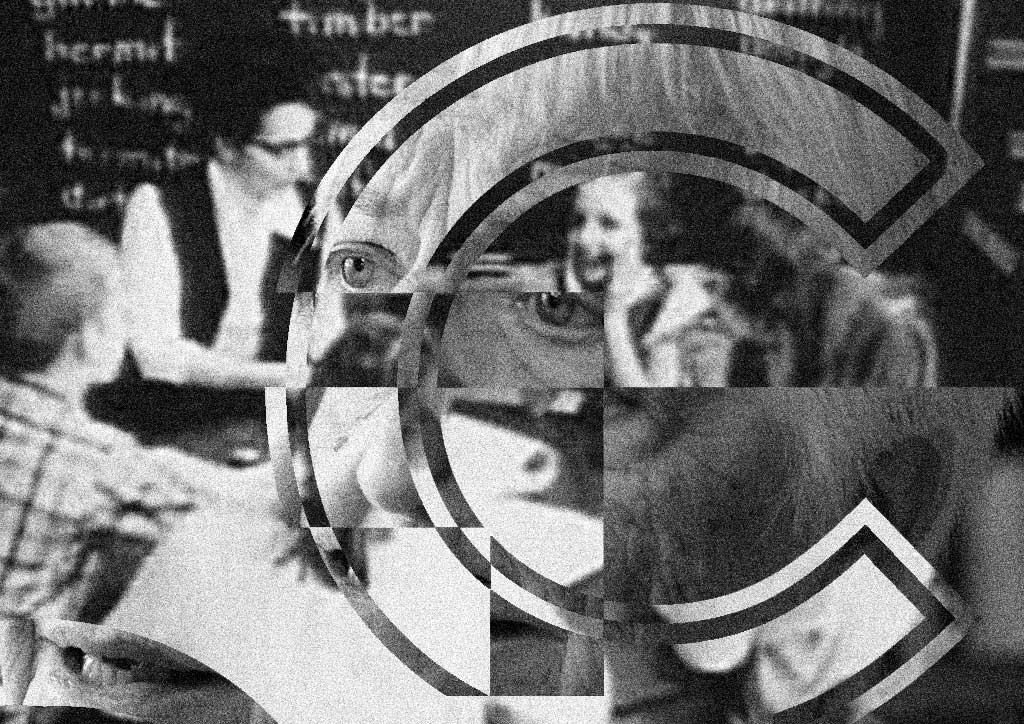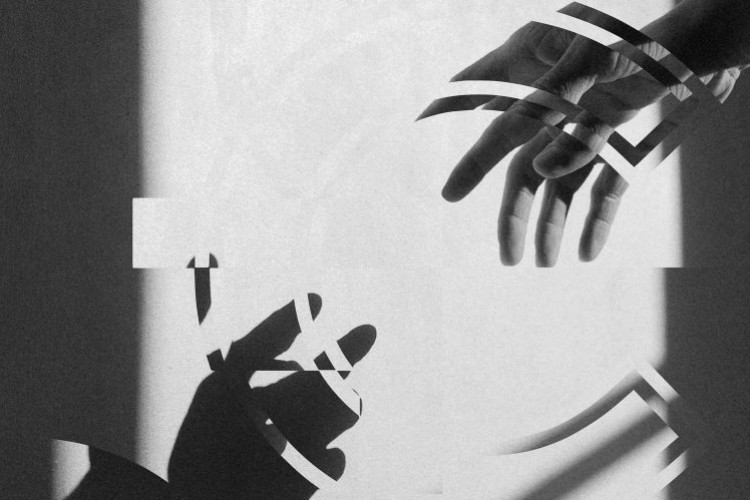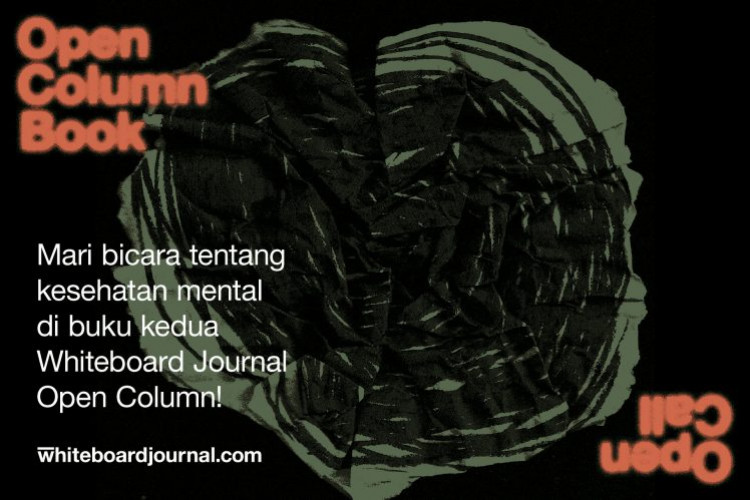
In the midst of my Facebook feed that have recently been filled with news of Black Lives Matter, a friend’s video post titled something along the lines of “Racism Explained Perfectly” caught my attention. I clicked the video and watched a woman named Jane Elliot answer an Al Jazeera reporter who asked the question, “Why do we hate?” Sternly and purposefully she said “…we have separated people into races so that some of us can see ourselves as superior to the others…” and “…It is my business as an educator lead people out of ignorance.”
Curious about Jane Elliot, I Googled her name and did a little bit of research about the anti-racism activist. Jane Elliot is apparently a name that is heard quite often when talking about the study of racism. The former grade-school teacher famously conducted an experiment with her third-grade students in the 1970s to teach them what racism is by separating the students by eye colour and regard one of the groups as being inferior to the other by giving one group more privileges, as well as instructions to treat the other as if they are intellectually substandard. The Blue Eyes-Brown Eyes Experiment, as it is called, resulted with the superior group becoming arrogant bullies. The inferior group also changed their demeanour, performing poorly on tests as well as becoming more timid – as though they accept and perceive themselves as being inferior. This exercise was documented in a television special titled “Eye of the Storm.”
The experiment was designed so that the participants can experience discrimination as the aggressor and the victim. The results, which had the participants understand what racism is, were successful enough that Elliot and her Blue Eyes-Brown Eyes exercise gained popularity, and she soon gained a career as a public speaker who speaks about discrimination all over the world.
Over the years, Elliot refined her experiment. An element of surveillance was added, with the superior participants seats surrounding the inferior seats-arranged in the middle. You can see the experiment conducted on college students on “The Angry Eye.” In the exercise, Elliot makes the blue-eyed, mostly white college students sit in the middle of the class as the inferior group of the exercise. The brown-eyed superior group surrounds them, and consists of white, african americans, as well as latinos. Elliot then takes on the role as the main aggressor, taunting and tormenting the blue eyes group, and with each round of insults she reaffirm the fact that this is what many experience on a daily basis through historical references.
The blue eyes group, of course reacts negatively to the stress, some of them cry, some of them become angry, one of them even leave the room in protest of their treatment. The brown eye group occasionally chime in to explain that this is what they experience on a daily basis – and this is the lesson that is communicated to the viewers. It isn’t so much the role reversal of blue eyes being tormented that drives the point home, it is the magnified discrimination coupled with the reveal that it is a real part of people’s daily experience that reveals the cruelty of discrimination.
The exercise does have moments that feels forced or unnecessary. Elliot’s drill sargeant approach and relentless mockery of the inferior group seems cruel, particularly when we consider that the individual being berated may have never acted as an aggressor in their lives. There were moments where I felt sympathy for the inferior group, and wished that Elliot would draw the line when individuals seem to reach their peak level of stress. The possibility of them being genuinely caring human beings doesn’t seem to matter to Elliot, though. She brushes their distress aside stating that while the blue eyes are only experiencing discrimination for a couple of hours, minorities experience it through out their whole lives (to be fair, the participants also signed a contract that informs them that they will experience stress before participating in the exercise). This sympathy can perhaps be part of the lesson about racism that Jane Elliot would like to draw from viewers such as myself. But to be frank, the tough treatment often seem to border on shock value, though that might just be due to the video editing. One wonders whether or not the exercise can be conducted without submitting the group to a copious amounts of stress.
Another question regarding the experiment is how it would work in different cultural context. In the right setting, Jane Elliot’s Blue Eye-Brown Eye exercise seems impactful in communicating its message. From the documentation I have observed, the information she conveys in between the verbal lashings is steeped in the context of discrimination in the United States. This makes one wonder whether or not the exercise and her approach would be effective within the context of another country’s culture. How would the Blue Eyes-Brown Eyes experiment exercised in the context of racism towards a minority being viewed as the domineering race? What would the approach be like when addressing economic classism? Discrimination based on religion or ideology? The experiment can certainly be amended to fit within a different context, but would its impact be as effective? An article on the Guardian by Andrew Anthony reviews a less than successful Blue Eyes-Brown Eyes Experiment conducted in Britain by Channel 4. It is a good read that reveals some of the apparent weaknesses of the experiment. Read it here and watch it below.
Whether one agrees or disagrees with it, the Blue Eyes-Brown Eyes Experiment can offer a starting point in discussing power structures and discrimination. It engages the the viewers emotionally to the injustices that people all over the world experience. Perhaps if it was adjusted to different cultural contexts, the exercise can attempt to address discrimination of all shapes and forms, because there are a lot of wrongs that needs to be corrected in society. Salute to Jane Elliot and her determination to, in her own words, “lead people out of ignorance.”
“Blue Eyes Brown Eyes” ditulis oleh:
Ken Jenie
Jirapah singer and guitarist who is lactose intolerant. Ken enjoys the arts and is fascinated by the variety, and hopes mankind is curious about anything and everything. Cheers!











